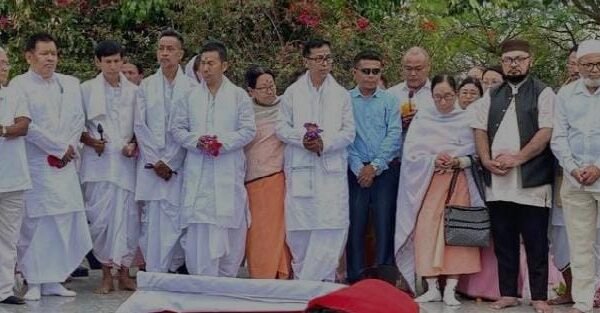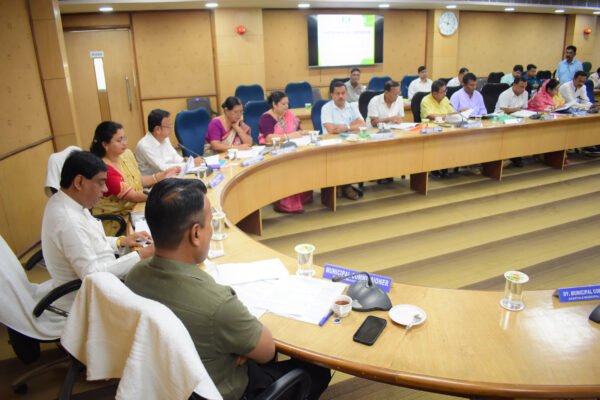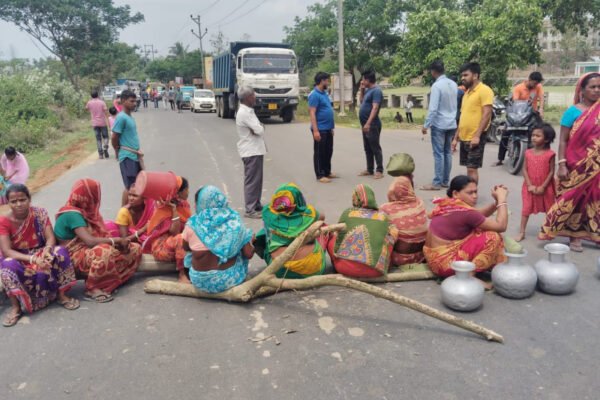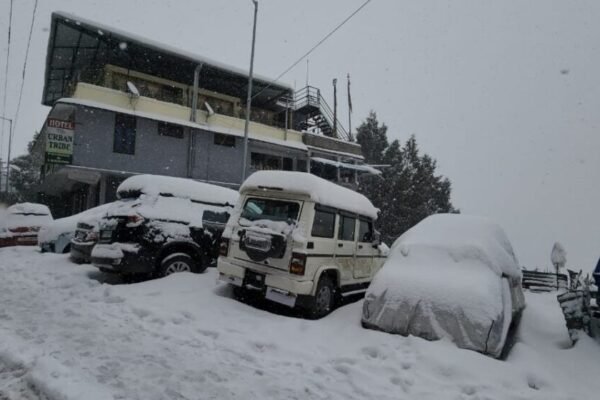- NET Web Desk
Arunachal Pradesh’s Minister of Education, Indigenous Faith & Culture – Taba Tedir referred the northeastern state as a living museum, which is known for its rich cultural heritage and age-old traditions.
Addressing the Dree Festival of Apatani Community, Tedir noted “We do not need to search for culture and traditions unlike in advanced western countries where people visit museums to learn about their lost cultures.”
“Despite diversity in food, dress, language, religion, and regions, we Arunachalees reflect ‘Team Arunachal’ spirit as reiterated by Chief Minister Pema Khandu-led government, which created Indigenous Faith department for documentation, preservation, and promotion of ethnic cultures of 26 major tribes and more than 100 minor tribes without any distinction,” – Tedir stated.
The Indigenous Faith department has been allocating Rs 8.3 lakh annually for last two years to each 60 assembly constituency for celebration of respective festival, after the Centre withdrew funding under this subject, he said.
Tedir lauded the community for incorporating of best educational system and urged the leaders to teach youths about indigenous cultures and traditions, so that this tales can be passes through generations.
“The elders and parents being living treasure house of knowledge and that is why Dree celebrated first in 1967 is alive today. They should be respected lest we lose everything”, he cautioned.
The present government has also respected the powerful priests (nyibus), the custodians of cultures and traditions, by paying them honorarium; he remarked.
Meanwhile, the minister has also urged the priests not to misuse their power.
Its worthy to note that Dree is a harvest festival observed annually on July 5. The Apatani community offer prayers to deities; for a bountiful harvest season.
The word ‘Dree’ is derived from ‘Diiri’, which means purchasing or borrowing of food items when in scarcity or add to the existing stock in anticipation of lean days. In other words Dree is named after Diiri Piilo, a month in Apatani calendar.
Dancing and chanting of rhythmic music fill the Apatani settlements. The villagers don their traditional outfits and celebrate the festival with utmost gaiety.









